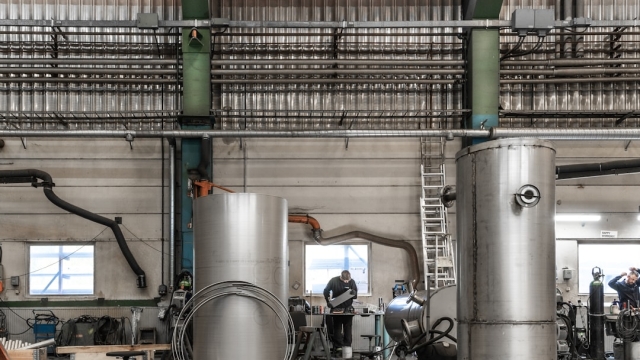Overview of Carbonated Drink Bottling Systems
In the beverage industry, the efficiency and reliability of bottling processes are crucial for success, particularly for carbonated drinks. Effective bottling systems not only enhance production capabilities but also ensure product quality and consistency. Understanding the intricacies of carbonated drink bottling systems can help manufacturers optimize their operations and meet consumer demands. This article provides a comprehensive overview of these systems, focusing on their key features, market options, cost considerations, and maintenance requirements.
Overview of Carbonated Drink Bottling Systems
Carbonated drink bottling systems are specialized machinery designed to fill bottles with carbonated beverages such as soda, sparkling water, and other fizzy drinks. These systems are engineered to handle the unique challenges posed by carbonated beverages, such as maintaining carbonation levels and preventing product loss during filling and sealing processes. Typically, these systems integrate various components, including carbonators, fillers, cappers, and labeling machines, to create a streamlined production line.
Key Features and Specifications to Consider
When evaluating carbonated drink bottling systems, several key features and specifications should be taken into account:
- Filling Speed: The rate at which the system can fill bottles is vital for meeting production targets. Systems vary widely in their filling speeds, so it’s essential to select one that aligns with your production goals.
- Flexibility: A versatile system can accommodate different bottle sizes and types, which is beneficial for manufacturers with a diverse product range.
- Automation Level: Automated systems can reduce labor costs and increase efficiency. Consider whether you need a fully automated line or a semi-automatic system.
- Integration: The ability to integrate with existing production lines and equipment can save time and resources during installation.
- Ease of Cleaning: Systems that are easy to clean and maintain can help ensure product safety and compliance with health regulations.
Comparative Analysis of Popular Bottling Systems
Various carbonated drink bottling systems are available, each with its pros and cons. For example:
- Gravity Fillers: These are often simpler systems that rely on gravity to fill bottles. While they can be cost-effective for smaller operations, they may not maintain carbonation as effectively as pressure fillers.
- Pressure Fillers: These systems maintain carbonation by filling bottles under pressure, making them ideal for high-volume production. However, they tend to be more complex and expensive.
- Counter-pressure Fillers: These systems are designed to fill bottles while maintaining a similar pressure to that of the carbonated beverage, ensuring minimal loss of carbonation. While they are efficient, they often require a higher initial investment.
Choosing the right system depends on specific production needs, so it’s important to carefully evaluate the options available.
Cost Considerations and Budgeting for Bottling Equipment
Understanding the cost structure associated with carbonated drink bottling systems is essential for effective budgeting. Initial purchase prices can vary significantly based on the system’s complexity and capabilities. In addition to the purchase price, consider ongoing costs such as:
- Maintenance: Regular maintenance is necessary to ensure long-term performance and reduce downtime.
- Operational Costs: This includes energy consumption, labor, and raw materials.
- Training: Investing in staff training can enhance operational efficiency and reduce errors.
Conducting a return on investment (ROI) analysis can help justify the expenditure and ensure that the chosen system aligns with financial goals.
Maintenance and Support for Bottling Systems
To maximize the lifespan and efficiency of carbonated drink bottling systems, proper maintenance is crucial. Regular inspections, cleaning, and part replacements can prevent costly breakdowns and ensure consistent production quality. Many manufacturers offer support services, including training, troubleshooting, and spare parts supply. Establishing a good relationship with the supplier can facilitate timely support and maintenance, further enhancing operational efficiency.
In conclusion, investing in efficient carbonated drink bottling systems can significantly impact production capabilities and product quality. By understanding the features, evaluating options, considering costs, and maintaining the systems properly, manufacturers can position themselves for long-term success in the competitive beverage industry. For more detailed information on specific bottling systems, exploring dedicated websites can provide additional insights and options tailored to your needs.

